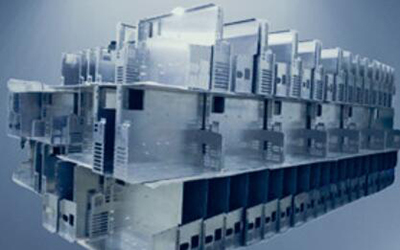What is sheet metal prototyping?
Sheet metal prototyping is a process used in manufacturing and product development to create prototypes or samples of parts and components made from sheet metal. Sheet metal refers to metal that has been formed into thin, flat sheets, typically through processes like cutting, bending, and rolling. Sheet metal is commonly used in a wide range of industries, including aerospace, automotive, electronics, and construction.
The sheet metal prototyping process involves several key steps:
1. Design: The first step is to create a detailed design of the sheet metal part or component. This design includes specifications for dimensions, tolerances, material selection, and any necessary features such as holes, bends, or cutouts.
2. Material Selection: Choosing the right type and thickness of sheet metal is crucial. The selection depends on factors like the intended application, strength requirements, and cost considerations.
3. Cutting: Sheet metal is cut into the desired shape and size using various cutting methods, such as laser cutting, waterjet cutting, or shearing. The choice of cutting method depends on the material and the complexity of the design.
4. Bending: Bending is a common process in sheet metal prototyping, where the metal is bent to the required angles and shapes using tools like press brakes. This step forms the sheet metal into the desired 3D geometry.
5. Joining: Different pieces of sheet metal may need to be joined together to create the final part or assembly. This can be achieved through methods such as welding, fasteners, or adhesives.
6. Finishing: After the sheet metal part is formed and assembled, it may undergo finishing processes like grinding, sanding, or coating to improve its appearance and protect it from corrosion.
7. Testing and Evaluation: The prototype is subjected to various tests and evaluations to ensure it meets the design requirements and performs as expected. This may include structural testing, dimensional inspection, and functional testing.
8. Iteration: If the prototype does not meet the desired specifications or needs further improvements, design iterations are made, and the prototyping process is repeated until the desired outcome is achieved.
Sheet metal prototyping is a valuable phase in product development because it allows engineers and designers to validate their designs, assess manufacturability, and make necessary adjustments before moving into full-scale production. It helps in identifying any design flaws or manufacturing challenges early in the development process, reducing the risk of costly errors during mass production. Additionally, it can be cost-effective for producing small quantities of sheet metal parts for testing and evaluation purposes.




